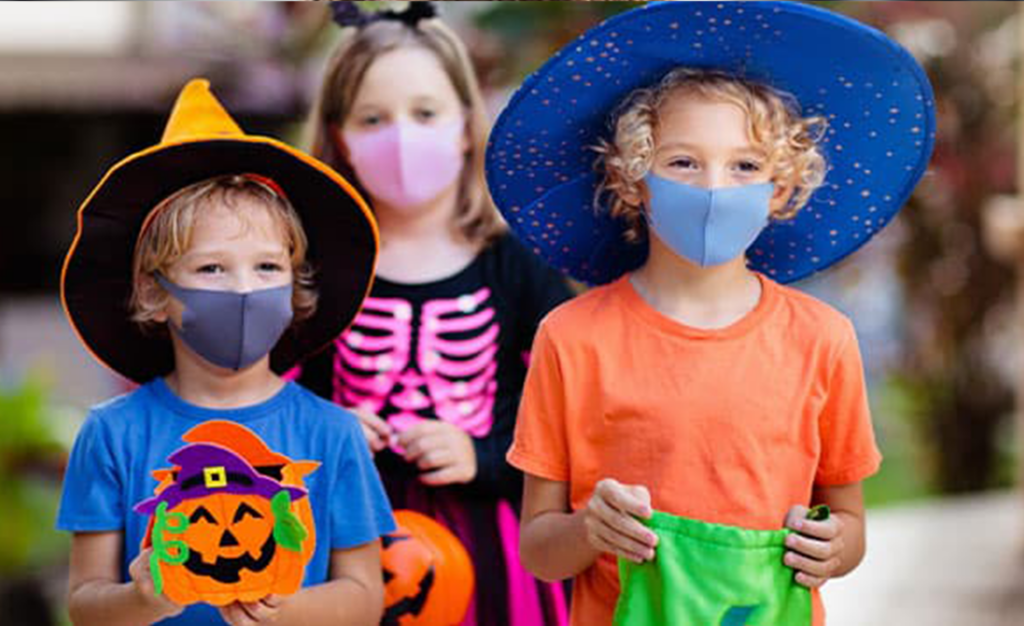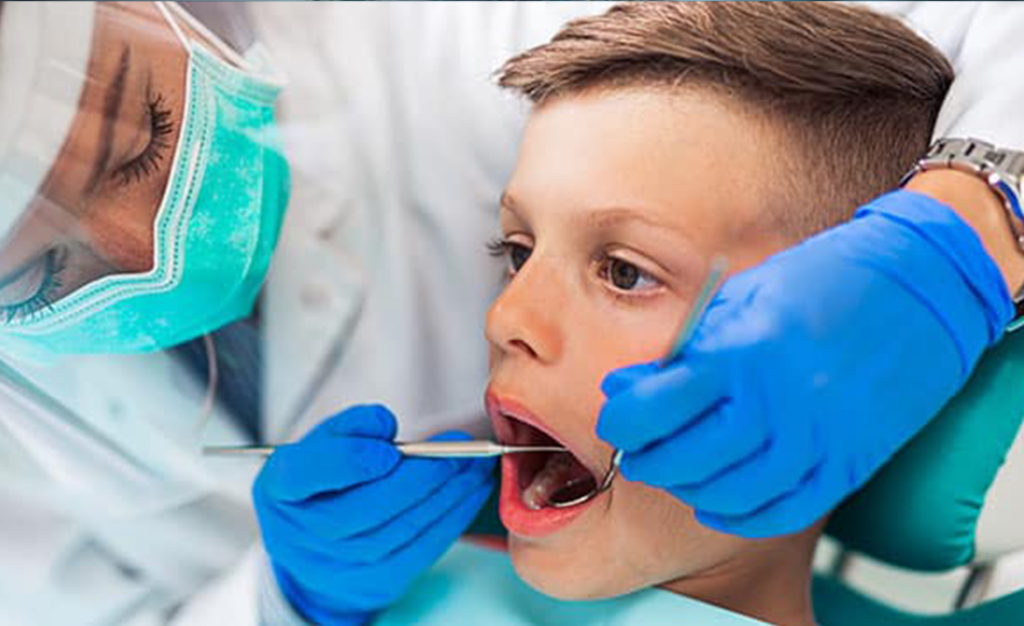
There’s more to looking good than what meets the eye. It takes a lot of discipline, mindfulness, and self-care to look and feel your optimal best. One of the instant ways to spread cheer is with a warm, big smile.
But how many of us pay attention to our teeth and give it the TLC that it deserves? Are your teeth yellow, chipped, uneven, or crooked? A smile can boost your confidence, and yet many people are self-conscious about their teeth, and more so, their smile.
Thankfully, there are affordable dental procedures that give you a smile makeover and help you create the best impression every time.
Dental Procedures For a Brighter Smile
With technological advancements, dental procedures is not just for the rich and famous anymore. Cosmetic, restorative, and orthodontic procedures are more affordable and accessible to everyone today. Modern dentistry can transform your smile through one or more procedures in consultation with and under the supervision of our Top Dentists in Palo Alto at Blue Turtle Dental.
Modern dentistry is more than just cleanings, fillings, and whitening. There are many dental procedures that improve not only your smile but overall dental health. Let’s look at the various cosmetic, restorative, and orthodontic procedures for your teeth and discuss them.
Types of Modern Dental Procedures to Beautify Your Smile
We list the ten best dental procedures available for various dental conditions. Your Best Cosmetic & Orthodontic Dentists in Palo Alto can help determine the right procedures for you.
1. Dental Bonding
Considered the easiest and most inexpensive cosmetic procedure: dental bonding. Bonding is a versatile treatment to fix various conditions such as stained, chipped, cracked, broken teeth, bite alignment, bad breath, tooth decay, teeth gaps, and as an alternative to silver or amalgam fillings.
A tooth-colored resin, which is putty-like or flexible, is contoured, polished, and applied to the natural tooth and then hardened with ultraviolet or laser light. This quick and painless process is called bonding.
2. Veneers
Known as “Hollywood teeth,” veneers are a cosmetic procedure to correct stained, mottled, cracked, chipped, broken teeth and fill in tooth gaps.
Veneers are wafer-thin, custom-made tooth-colored shells made of strong, durable, porcelain, resin, or ceramic glass which are cemented to the front surface of the teeth. They are used to reshape, resize, or change the color of the tooth. Veneers are an excellent option for stained or discolored teeth that cannot be treated with bleaching and usually used for the front teeth, visible during smiling and talking. Veneers are a more conservative option compared to crowns, but it’s a non-reversible process. They are non-porous, meaning they cannot be stained from foods and beverages, unlike natural teeth. However, they need to be regularly cleaned and maintained to avoid teeth decay and gum disease.
3. Crowns
When you have a damaged tooth that a filling or veneer cannot fix, crowns come to your rescue.
Crowns are caps for the whole tooth, unlike bonding, which is for a particular section of the tooth. Crowns are used to improve the appearance as well as to strengthen the tooth. They are made from metal, resin, ceramic, porcelain, or acrylic-fused-to-metal. Crowns can be used to treat many conditions like stained, cracked, broken, or missing teeth, bite alignment, and even bad breath. The tooth-shaped caps keep a weak or cracked tooth from breaking apart and strengthen it. It can also be part of a dental bridge and used to cover a dental implant.
Crowns are durable and last for several years but will have to be regularly maintained to prevent plaque buildup and decay.
4. Contouring/ Reshaping
If your teeth are in good condition, but there are minor issues such as uneven, overcrowded, or overlapped teeth, then enamel contouring or reshaping could be your solution. Small, discreet changes are done on the enamel, which yields big results to the overall look of your smile. It’s a fast, painless, and affordable option with immediate results and often combined with other procedures such as bleaching and bonding.
5. Orthodontics/ Braces
Orthodontics or braces can treat cosmetic issues such as buck teeth, crooked teeth, crowded teeth, irregular teeth spacing, bite issues, and chronic headaches that accompany teeth misalignment. Braces are not just for kids; technology has advanced to include orthodontic treatment for adults, too.
At Blue Turtle Dental, the Best Orthodontist In Palo Alto, CA, you can choose from three options:
Invisalign, which are removable, transparent plastic aligners to correct simple to complex teeth alignment issues.
The traditional metal braces used to correct bite and alignment issues are attached to your teeth for the entire treatment period. There are restrictions concerning food and drinks.
Clear braces are just like your traditional metal braces and function the same way. Except they are tooth-colored ceramic in nature; thus less visible and more aesthetic than the metal braces.
6. Teeth Whitening
Teeth whitening or bleaching is an effective treatment option if you have yellow, stained, or discolored teeth. While there are many safe and effective over-the-counter whitening products, their results are not as quick, durable and effective as the professional treatment by dentists.
At Blue Turtle Dental, you can achieve teeth whitening results up to eight shades lighter, quickly. The teeth whitening procedure can be done in our dental office or at home with a custom-made mold and gels prescribed by our dentists.
7. Composite Fillings
Traditional silver metal fillings do not look good, even though they get the job done. It’s not just about the aesthetics, but also about the mercury content in silver amalgam fillings that make silver metal fillings less desirable. You have the option now to get your cavities filled with white fillings to prevent further decay and achieve a more natural look and safe result.
8. Dentures
Dentures are the perfect cosmetic procedure for many extracted, lost, or missing teeth. Dentures are custom-fit, removable, and look just like your natural teeth. There are complete dentures that replace all the teeth, and partial dentures, which are used to replace some of the missing teeth, alongside natural teeth.
9. Implants
Many people lose their complete tooth owing to decay, gum disease, injury, or trauma. Dental implants are tooth root replacements and usually made of titanium. Implants are fixed in the jawbone through minor surgery. They provide the foundation for permanent teeth, removable tooth or crowns, and attachments that support removable dentures.
Implants are a safe, comfortable, and durable option which can last for several decades with proper oral hygiene. If you are considering dental implants, consult our dentists who have extensive experience with a 98% success rate in choosing the right dental implants for you.
10. Bridges
Bridges are used to fill in the missing teeth so that the surrounding natural teeth do not move and shift from their original places and retain a natural, aesthetic look and smile.
There are two kinds of bridges: fixed or permanent bridge and cantilever bridge. The fixed bridge adheres crowns on the natural teeth on the two edges and attaches artificial teeth to fill in for the missing teeth in between. A cantilever bridge is used to replace missing teeth on only one side of the gap.
We Want To See You Smile!
Our dentists at Blue Turtle Dental, the best cosmetic dental services in Palo Alto, can help you find the right cosmetic dental procedure to improve your smile and overall oral health.
Contact the best cosmetic dentists in Palo Alto, CA, to schedule your initial consultation and get that dazzling smile you’ve always dreamed of.
(Disclaimer: We routinely draw upon public health resources to inform our write-ups. Information in this article has been gathered from multiple public health sources, including:





